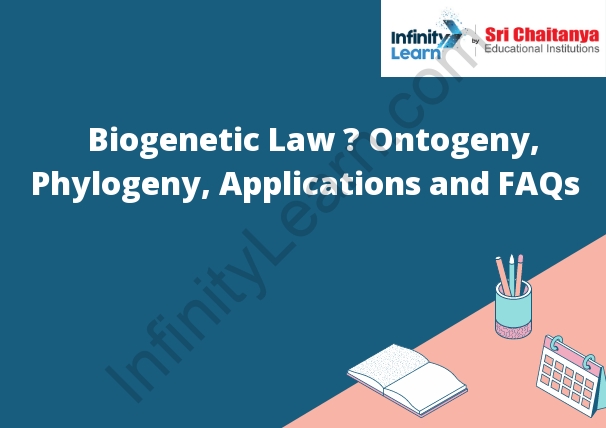Table of Contents
Biogenetic Law
The biogenetic law is the principle that an individual’s characteristics are determined by the genetic makeup of its parents. This law has been observed in many different species of animals and plants. The biogenetic law has been used to help explain the process of evolution.
Ontogeny recapitulates phylogeny
- Ontogeny recapitulates phylogeny is the idea that the development of an individual organism (ontogeny) mirrors the evolutionary history of its species (phylogeny). In other words, during the individual’s development, it will pass through stages that are similar to the stages that its species went through during its evolutionary history.
- The theory of ontogeny recapitulating phylogeny is the suggestion that the development of an individual organism, or ontogeny, mirrors the evolutionary history of its species, or phylogeny. This theory was first proposed by Ernst Haeckel in 1866, who argued that as an embryo develops, it passes through a series of stages that recapitulate the evolutionary history of its species.
- There is some evidence that ontogeny may recapitulate phylogeny to some extent. For example, the human embryo goes through a stage early in development where it has a tail, which is reminiscent of the tails of other apes. However, there are also many cases where ontogeny does not recapitulate phylogeny. For example, the human embryo does not develop gills, even though other mammals such as dolphins and whales do.
- The theory of ontogeny recapitulating phylogeny is still controversial, and there is no clear evidence that it is true. However, the idea that the development of an individual organism mirrors the evolutionary history of its species is an interesting and provocative one, and it is worth considering in more detail.

Applications of Biogenetic Law
- One common application of biogenetic law is in the study of evolution. Biogenetic law states that the characteristics of an organism are passed down from its parents. This law can be used to study how organisms have evolved over time.
- In 1866, German biologist Ernst Haeckel proposed the biogenetic law, which states that the development of a species is a recapitulation of its evolutionary history. In other words, the characteristics of an organism at any given stage of its development are determined by the organism’s evolutionary history. This law can be seen in the embryological development of a human being, where the embryo goes through a series of stages that resemble the evolutionary history of humans.
- The biogenetic law has a number of applications in fields such as biology and medicine. For example, it can be used to help researchers understand the evolutionary history of a species, and it can also be used to study the development of diseases. In addition, the law can be used to determine the age of a fossil based on its characteristics.
- The biogenetic law has also been used to support the theory of evolution. In particular, the law has been used to support the idea that evolution is a process of gradual change.






